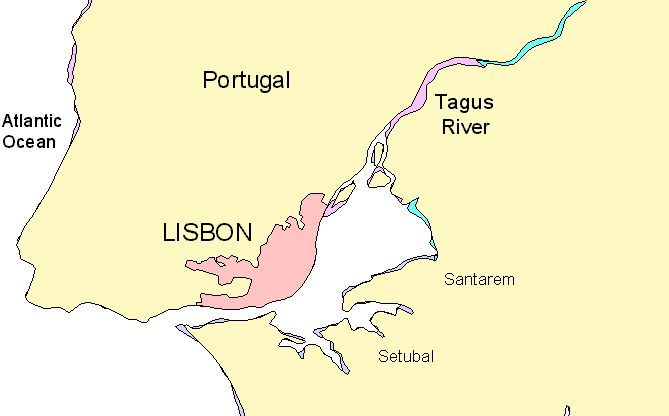
Although not the strongest or most deadly earthquake in human history, the 1755 Lisbon earthquake's impact not only on Portugal but also on all of Europe was profound and lasting. Depictions of the earthquake in art and literature can be found in several European countries, and these were produced and reproduced for centuries following the event, which came to be known as "The Great Lisbon Earthquake."
Detailed descriptions of the earthquake's effects in Morocco, were, in some cases, based on Portuguese manuscripts written by priests. The cities of Meknes, Fez, and Marrakesh in the interior, and the coastal towns of Asilah, Larache, Rabat, and Agadir (Santa Cruz during the Portuguese occupation) suffered much damage in the quake. Mosques, synagogues, churches and many other buildings collapsed in Meknes, where numerous casualties were reported. The convent, church, and Hospital de S. Francisco collapsed completely.
In 1755, Lisbon was one of the most beautiful cities in Europe, known for its impressive churches. The city retained some of its Moorish influence during the Middle Ages and Renaissance. This may be seen in the design of the streets in the quarters surrounding St. George Castle and extending as far as Rossio, the central part of the city. The Rosario, or main square, was the commercial center of Lisbon. The Estatus Palace, situated to the north, was where illustrious visitors to the Kingdom were lodged. On the east side, Saint Dominic Church and the All Saint's Royal Hospital, with its magnificent fagade, were erected. On top of the hill, an ancient royal residence was situated. To the west, the church and its Convent were among the most magnificent buildings in Lisbon. Other famous buildings near the city center include the Cathedral, St. Paul's Church, St. Nicholas' Church, and St. Roch's Church.
The city's magnificent architecture was complemented by that of the suburbs, which included a majestic aqueduct constructed by King D. Joao V. in 1731, the Jeronimus Church, and the Tower of Belem. With an estimated population of 275,000, Lisbon was, in 1755, one of the largest and the most opulent city in Europe, known for its many and magnificent churches. In 1755, Portugal's possessions included Brazil, Angola, Goa, Timor and Macao, just to mention a few.
The purpose of this project is to research and
provide the background leading up to the disaster; in addition,
describe the events,
describe the causes of earthquakes,
the study of earthquakes, and in general,
describe the effects of the earthquake,
be prepared for earthquakes,
the physical dynamics of the Lisbon tsunami,
the timeline of the events,
the people's responses to the disaster, and finally,
references and a bibliography for the disaster.
CLICK LINKS FOR OTHER MODULES


















This Module: 01/10
Presentation Revised: 18:05 / 2004/05/05
CLICK LINKS FOR OTHER MODULES








